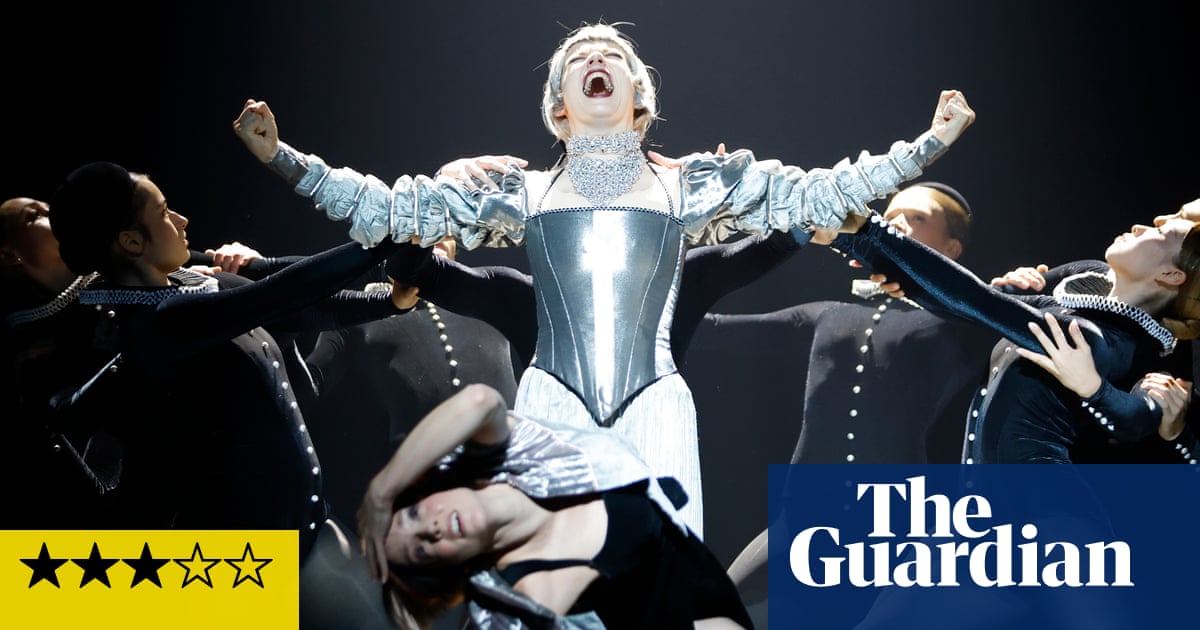
"The central conceit is that this is Mary's story told through her cousin Elizabeth I's eyes and the creators have set themselves a challenge there: in literature, one person can easily tell another's story, but you can't dance someone else's dance."
"Older Elizabeth (Charlotta Ofverholm), however, is the most distinctive presence on stage, frail and losing her dignity, with a sense of confusion around her."
"Distinctive stage presence Charlotta Ofverholm in Mary, Queen of Scots. The other knotty problem is to tell the relationship of two women who never actually met in real life."
"Choreographically, Laplane avoids some of contemporary ballet's typical display of the female body, legs up by the ears and show-off lines. She doesn't do pretty."
Scottish Ballet's Mary, Queen of Scots, choreographed by Sophie Laplane and directed by James Bonas, struggles with character introductions and scene-setting. The narrative revolves around Mary's story through Elizabeth I's perspective, presenting a unique challenge since the two never met. The first half reflects a cold distance, demonstrated through the characters and their movements. The strong presence of Older Elizabeth stands out, while the use of music and choreography adds tension. Overall, the ballet faces difficulties in depicting the complex relationship between the two queens without direct interaction.
Read at www.theguardian.com
Unable to calculate read time
Collection
[
|
...
]